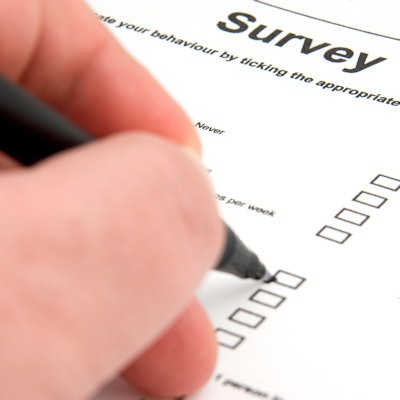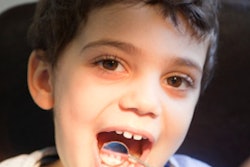
The majority of U.S. adults don't know what dental sealants are used for, according to the findings from a recent survey published by the U.S. Centers for Disease Control and Prevention (CDC).
The survey asked thousands of adults a multiple-choice question about the nature of dental sealants. Only 46% of adults got the question right, making the researchers wonder just how much the U.S. population really knows about sealants. They published their findings on March 14 in the CDC journal Preventing Chronic Disease.
"Although knowledge without access to dental care will likely not change behavior, neither will access without knowledge," wrote the authors, led by Michele Junger, DDS, MPH, from the CDC Division of Oral Health. "A basic premise of health literacy is that people must know about services to benefit from them."
Who lacks sealant knowledge?
Dental sealants are commonly used to help prevent new carious lesions, with some studies estimating sealants can prevent half of posterior caries within five years of placement. However, despite the effectiveness of dental sealants, many children do not get them placed, which may reflect a lack of knowledge among parents.
“A basic premise of health literacy is that people must know about services to benefit from them.”
"Because oral health literacy is required to make informed health decisions and can affect receipt of services, determining public knowledge of the purpose of sealants is important," the authors wrote. "No national data characterize knowledge of sealants among all U.S. adults and among parents of children younger than 18."
To study sealant knowledge, researchers used a consumer survey sent to thousands of U.S. adults. The survey asked the participants a multiple-choice question about the purpose of dental sealants, to which the correct answer was "to prevent tooth decay."
Out of the 3,550 adults who responded to the survey, only 46% correctly answered the question. That number jumped to 55% when only factoring in parents, the subgroup of participants most likely to know about sealants.
Knowledge about sealants was also not equal among all participants, the researchers found. Income, education, race/ethnicity, and sex all significantly influenced sealant knowledge, which is consistent with previous research on dental sealants and access to care.
"Adults who were non-Hispanic black, poor, had not graduated from high school, or were not parents had half the odds of knowing of dental sealants as those who were non-Hispanic white, not poor, had more than a high school education, or were parents," the researchers wrote.
What can dentists do?
Dental teams are crucial to bridging the dental sealant knowledge gap, the authors noted. While school nurses and pediatricians also can increase awareness about dental sealants, patients are likely to defer to dentists' knowledge and judgment.
"Dental professionals play an important role in educating parents and caregivers about these programs and increasing sealant knowledge," the authors wrote. "Studies indicate that dentists can successfully persuade patients to accept procedures when the dentist has better knowledge than the patient about the needed procedure."
The authors also reported several shortcomings to their study, most notably that the survey was only offered to English speakers and that the results cannot be considered nationally representative. Nevertheless, the findings suggest more data are needed to understand just how much (or little) Americans know about sealants and what can be done to increase that knowledge.
"The dental community remains a major source of information on the preventive benefits of sealants," the authors concluded. "Further efforts by dental professional organizations and public health organizations to develop oral health promotion and education programs to reach low-income and racial/ethnic minority parents and patients with only young children could reduce disparities in sealant knowledge and untreated dental caries."



















